 | Sir John Frederick William Herschel - Astronomy - 1833 - 444 pages
...The principle of this instrument is the optical property of reflected rays, thus announced : — " The angle between the first and last directions of a ray which has suffered two reflexions in one plane is equal to twice the inclination of the reflecting surfaces to each other."... | |
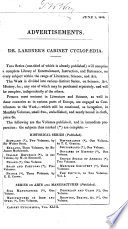 | sir John Frederick W. Herschel (1st bart.) - 1833 - 500 pages
...The principle of this instrument is the optical property of reflected rays, thus announced : — " The angle between the first and last directions of a ray which has suffered two reflexions in one plane is equal to twice the inclination of the reflecting surfaces to each other."... | |
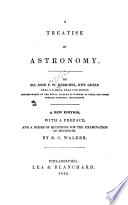 | John Frederick William Herschel - Astronomy - 1842 - 472 pages
...and probably was, independent of any knowledge of New!>.m's, though Mutton insinuates the contrary. angle between the first and last directions of a ray...suffered two reflections in one plane is equal to twice -c the inclination of the reflecting surfaces to each other." Let AB be the limb, or graduated arc,... | |
 | Anna Cabot Lowell - Astronomy - 1850 - 412 pages
...could be taken at sea. The principle of this instrument is that property of reflected rays by which the angle between the first and last directions of...twice the inclination of the reflecting surfaces to one another. The instrument is called a sextant if one sixth part of a graduated circle is used, a... | |
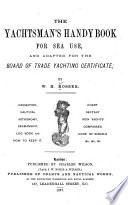 | William Henry Rosser - 1877 - 158 pages
...from its proper left to right. The Sextant and similar instruments are constructed on the principle that the angle between the first and last directions of a ray which has suffered two reflexions in one plane is equal to twice the inclination of the reflecting surfaces to each other.... | |
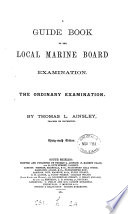 | Thomas Liddell Ainsley - 1880 - 482 pages
...consider here. The principle of the sextant is this:— The angle between the first and last direction of a ray which has suffered two reflections in one...inclination of the reflecting surfaces to each other. On the Sextant. by hand, the screw is again to be fixed, and a tangent screw «' enables the index... | |
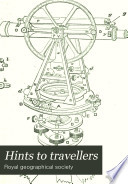 | Royal geographical society - 1883 - 328 pages
...7. THE SEXTANT AND ITS ADJUSTMENTS. The principle on which the sextant is constructed is this : — that the angle between the first and last directions...inclination of the reflecting surfaces to each other; the arc on which the angle is measured must therefore be divided into double the number of degrees... | |
 | John Bradley Harbord - Naval art and science - 1883 - 472 pages
...horizon-glass, so that the direct ray passes through no medium. The principle of the sextaut is this : — " The angle between the first and last directions of...inclination of the reflecting surfaces to each other." [See Reflection.] Thus let XIHE be a ray of light proceeding from the luminous body X, reflected first... | |
 | John Ellard Gore - Astronomy - 1893 - 152 pages
...small telescope. The principle of the instrument depends upon the following optical property : — " The angle between the first and last directions of...inclination of the reflecting surfaces to each other." The instrument is chiefly used in navigation, but also occasionally for astronomical purposes. Shadow.... | |
 | John Bradley Harbord - Naval art and science - 1897 - 554 pages
...horizon-glass, so that the direct ray passes through no medium. The principle of the sextant is this:—"The angle between the first and last directions of a ray...inclination of the reflecting surfaces to each other." "[See Reflection.] Thus let XIHE be a ray of light proceeding from the luminous body X. reflected first... | |
| |